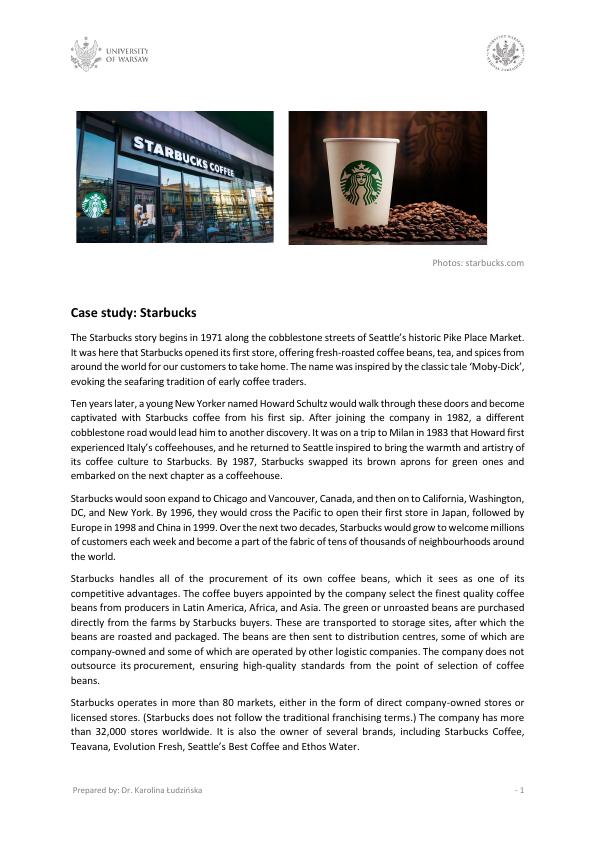Starbucks New York Case Study 2022
3 Pages1132 Words49 Views
Added on 2022-09-26
Starbucks New York Case Study 2022
Added on 2022-09-26
ShareRelated Documents
End of preview
Want to access all the pages? Upload your documents or become a member.
A Global Strategic Analysis of Starbucks Corporation
|14
|3514
|158
Business Plan for Starbucks - Marketing Strategy, SWOT Analysis, and Financial Projections
|16
|3123
|494
Starbucks Business Issues
|11
|2564
|474
Starbucks: Overview, History, Products, Market Segment, SWOT Analysis, Recommendations and Conclusion
|10
|680
|167
The Starbucks - Strategies | Case Study
|12
|3270
|254
Stakeholder Analysis of Starbucks
|13
|3748
|95

